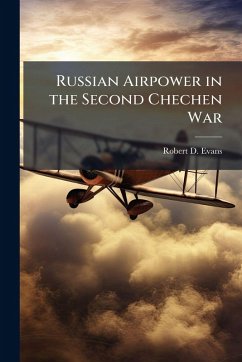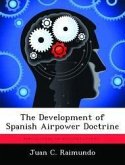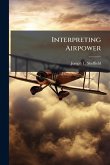The Second Chechen War, which began on 23 September 1999 with massive Russian air strikes, bore little resemblance to the inconclusive campaign that had ended just three years earlier. In the earlier conflict, Russian Air Force operations concentrated on achieving control of the air, directly supporting Russian ground forces, and attacking rebels in the foothills and mountains of southern Chechnya. Aside from the very brief initial campaign against the Chechen Air Force, Russian airpower played a minor supporting role to ground forces during the First Chechen War, achieving only limited tactical successes. During the Second Chechen War, Russian commanders used airpower extensively, with mixed results. By examining the use of Russian airpower in the Second Chechen War, the author identified implications for the United States Air Force conducting small-scale, high-intensity operations. The monograph examines the background to the Chechen wars and the use of airpower in the First Chechen War to set the stage for the analysis of the Russian use of airpower during the Second Chechen War. The author considered if Russian Air Force employment concepts and equipment, used during the Second Chechen War were adequate, feasible, and acceptable, by western standards. When measured against the criterions, the employment of Russian airpower in the Second Chechen War yielded mixed results. Russian Air Force employment concepts were adequate, successfully accomplishing all military objectives. However, airpower failed in its most important objective, reducing Russian ground force casualties. Russian Air Force employment concepts and equipment were unable to accomplish the mission, within allowable constraints, making them infeasible. Finally, the failure to comply with international laws of war, and consider the effect of the air campaign on the political end state made the Russian use of airpower in the Second Chechen War unacceptable. The author's analysis of the Russian use of This work has been selected by scholars as being culturally important, and is part of the knowledge base of civilization as we know it. This work was reproduced from the original artifact, and remains as true to the original work as possible. Therefore, you will see the original copyright references, library stamps (as most of these works have been housed in our most important libraries around the world), and other notations in the work. This work is in the public domain in the United States of America, and possibly other nations. Within the United States, you may freely copy and distribute this work, as no entity (individual or corporate) has a copyright on the body of the work. As a reproduction of a historical artifact, this work may contain missing or blurred pages, poor pictures, errant marks, etc. Scholars believe, and we concur, that this work is important enough to be preserved, reproduced, and made generally available to the public. We appreciate your support of the preservation process, and thank you for being an important part of keeping this knowledge alive and relevant.
Bitte wählen Sie Ihr Anliegen aus.
Rechnungen
Retourenschein anfordern
Bestellstatus
Storno








